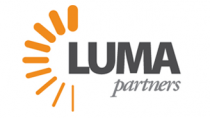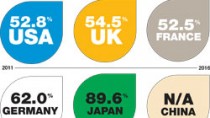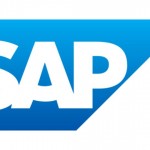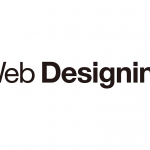経済学がオンライン広告ビジネスの邪魔をする?
few weeks ago, Adweek ran an investigative feature on the impact of the flux of venture capital dollars into the ad tech space. The piece generated a lot of reaction—mostly positive, though some readers did not agree with much of the piece.
One of the folks Adweek interviewed for this piece, Jeremy Hlavacek, vp, strategy and business operations, Varick Media Management, believes that the massive explosion in display advertising supply is playing a much bigger role in driving down prices than the oversupply of ad tech middlemen is. He’s even done some math to back this assessment up.
If you’ve been paying attention to the RTB (Real Time Bidding) media space over the last few years, you have probably seen large and impressive numbers thrown around with abandon. Triple digit growth rates! Billions of dollars in spend! Millions of dollars in venture capital! And perhaps as many as 10s of billions of impressions being sold on exchanges.
It makes for great headlines, but what does this all mean? Has anyone stopped to think about these big numbers to get a better understanding of what is actually happening? Are we creating an “ad wreck,” or is this just the new digital reality?
I don’t claim to rival Nate Silver, but as someone who has heard the big numbers repeatedly and can do some basic excel work, I have a few thoughts. But first, the data…
Let’s start with total ad spending on RTB. There’s no question that it’s growing rapidly. The best estimates from Forrester Research puts RTB spend at nearly $2 billion in 2012, up from 0 only a few years ago. Two billion may be a little on the high side for 2012, but there’s no question that the growth is going to continue, so if it’s not $2b annually today, it will be very soon.
Second, the total display banner market. The annual number typically quoted here is about $8b. This includes networks, RTB and direct sales. So by that measure, RTB is nearly 25 percent of the total display market already. One can’t help but be impressed by the pace at which RTB is taking over display buying—and it’s clear that the trend is not reversing.
So where are those billions of dollars being spent? On exchanges, of course!
The typical exchange volume you hear quoted from a leading demand-side platform (DSP) like Turn or Triggit, is 10, 20 or even 30 billion impressions available per day. This includes the volume from big supply players like Yahoo’s Right Media (RMX), Google’s own AdX, and other firms like AppNexus, Rubicon, Pubmatic, etc.
And what about Facebook’s new exchange, FBX? Most people in the space will tell you that FBX is “multiple” times the size of the largest RTB suppliers. So does that mean another 5, 10, 20 billion impressions? Hard to say for sure, but one thing is certain—you can safely add a few billion impressions to the pile and you probably won’t be overstating matters.
At the recent AppNexus Summit, executives from the company said that its own platform handles 15 billion impressions, with another 7 billion coming through FBX.
Ok. Time for the math…
Pick a number for supply. 10 billion? 20 billion? 30? More? Let’s go with 20 billion for now, as it’s in the middle of the range and is pretty close to the very current AppNexus Summit quote.
Now assume for a second that 100 percent of that supply gets sold at a CPM of $1.00. Now I know that 100 percent sell-through is unrealistic, and a $1.00 CPM may not be ideal, but bear with me as it makes the math easier. With those assumptions, $20m would be spent on exchanges daily. Using my handy excel sheet, that would mean about $7.3b spent annually on RTB media.
But wait a second…didn’t we say that maybe $2b was spent on RTB in 2012? And the total display market is $8b?
Ok, we better revise. Let’s assume that only 50 percent of inventory on exchanges gets bought for an average CPM of $1.00. That would mean $3.65b in total RTB spend. That’s closer, but still off by about $1.65b or a little more than the market cap of the New York Times Co. ($1.2 billion), but what’s a few billion among friends?
So let’s revise the CPM in our little thought experiment to $.50. That would bring the total RTB spend to $1.83 billion, which would fall a lot closer to market estimates.
What can we conclude? If you assume that the data above is reasonably accurate, then one conclusion could be that there is a real imbalance in supply and demand of digital display and that RTB is exacerbating an already challenging issue for digital publishers. Another could be that publishers and tech partners are working with too many partners and creating lots of duplication, which leads to the question of, how is RTB bringing buying efficiency to the market? Or maybe a conclusion is that there is a lot of “junk” supply out there that needs to be purged by a viewability standard?
I’m not sure what the right conclusion is, but I think this “math problem” is a driver behind a lot of the issues in the digital display market today.
The fact remains that newer, better technology is going to continue to automate digital media buying. The technology is needed because the Internet is an immense, fragmented media ecosystem where changes happen very quickly—in “real time” if you will—and both buyers and sellers are going to continue to seek more performance and look to tech companies for help.
I believe all of these changes are a good thing in the end, but at this specific moment in ad tech history, the industry has to take a look at supply and demand dynamics and give some thought as to what the desired outcome is.












